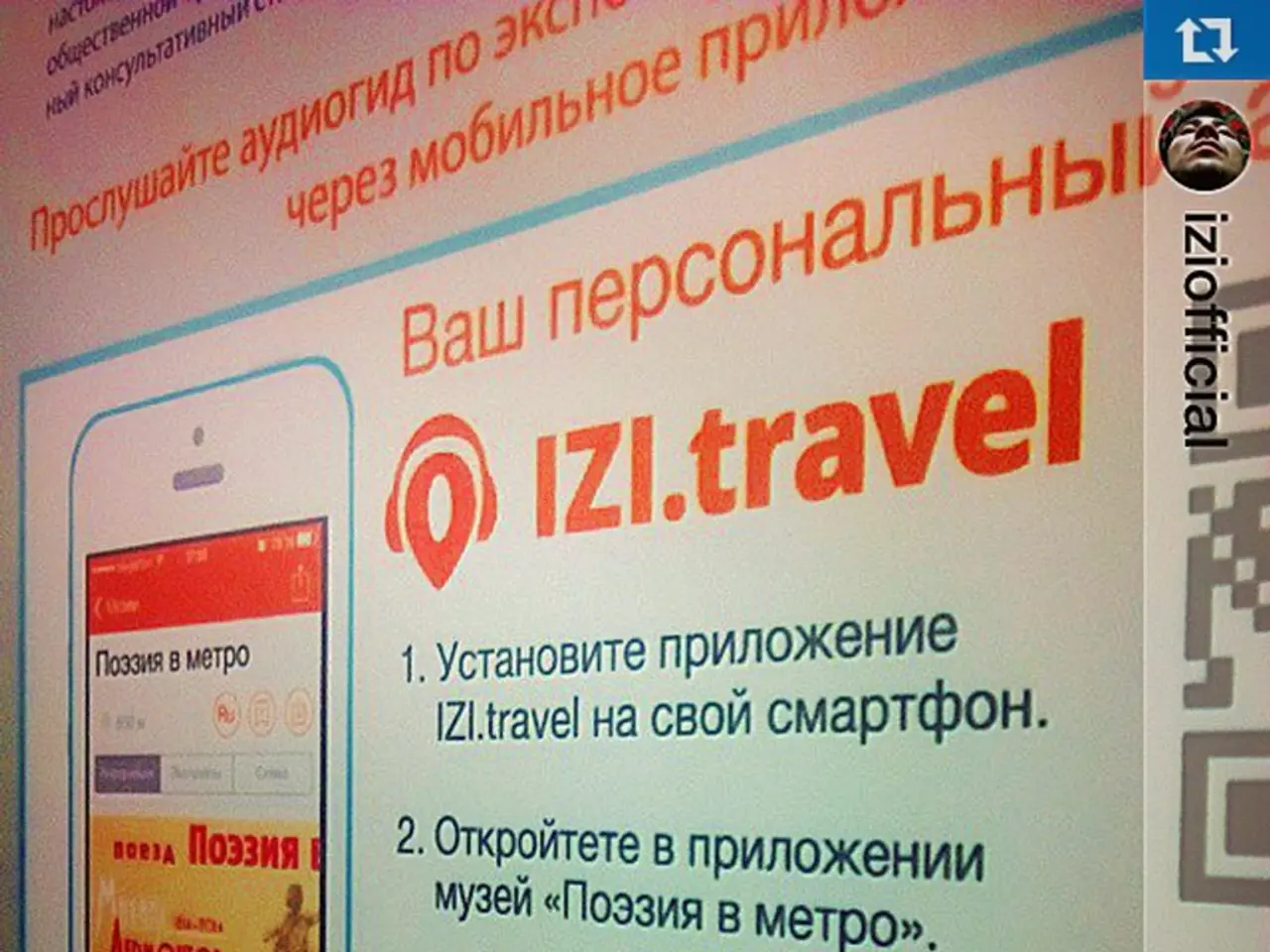Leverage push notifications for your healthcare application to maximize user engagement
In the rapidly evolving world of healthcare technology, push notifications have emerged as a powerful tool for engaging patients and driving results. These handy alerts, delivered directly to a user's device, can be used to re-establish communication with lost patients, attract new ones, and boost business.
One of the key advantages of push notifications is their ability to offer incentives and personalized messages. By tracking user analytics, patients' history, visit frequency, and activity, apps can tailor notifications to each user, potentially increasing engagement by 800%.
These targeted messages are not just effective; they're also popular. According to recent statistics, 70% of mobile app users find push notifications useful, and the click rate on push notifications is 7 times higher than email click rates. Furthermore, push notifications have been shown to decrease abandonment rates and boost app retention by up to 20%.
Creative push notification campaigns, incorporating titles, images, links, videos, and clear call-to-action prompts, can attract even more users. However, to avoid annoying users, it's crucial to consider factors such as time zones, current trends, marketing goals, and more before sending notifications.
The healthcare mobile app market is projected to generate USD 111 billion by 2025, with over 318,000 mobile health apps available in app stores. This includes apps created using tools like HealthyApps, a company that currently boasts over 500,000 users.
New healthcare apps are being added to app stores daily, with approximately 200 new apps entering the market each day. To stand out, it's essential to utilise push notifications effectively. This includes informing users about new developments, discounts, workshops, and more, as well as sending lab reports, reminders about medicine intervals, prescriptions, medical history, report analysis, or health advice.
A welcome campaign can be used to attract new patients by informing them about the benefits of the healthcare app. Regular push notifications can also boost a healthcare app's recall value among users.
However, it's not just about quantity. To maximise the impact of push notifications, it's essential to analyse the results of your campaigns to find loopholes and improve your communication with patients. Understanding your patients' geographical, social, economic, and other factors can help create targeted and personalised push notifications that truly resonate with users.
Lastly, it's important to remember that push notifications should be simple, yet compelling. Avoid using medical jargon, and aim to create messages that are informative, engaging, and actionable. By doing so, push notifications can help transform a healthcare app from a useful tool into an indispensable part of a patient's daily routine.
Read also:
- Musk threatens Apple with litigation amidst increasing conflict surrounding Altman's OpenAI endeavor
- Transitioning to Electric Vehicles Places Heavy Demand on Power Grids
- E-mobility continues its progress after a decade since the scandal, staying on course
- The Commission deems the assistance program to be in agreement with the domestic market regulations.




